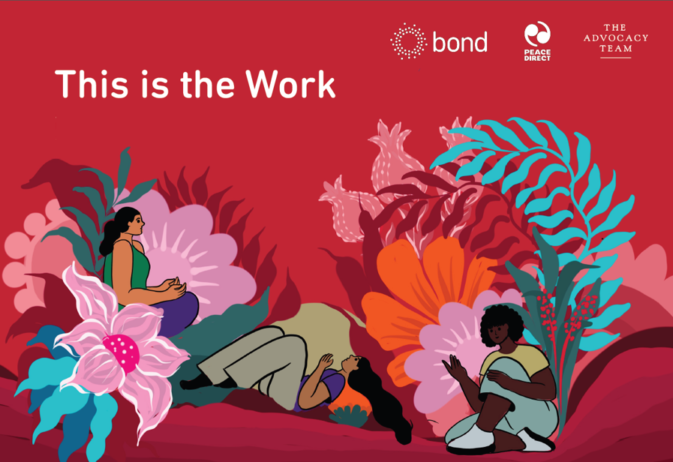4 digital trends for NGOs
The internet has revolutionised the way NGOs work and communicate.
But it never seems to stand still: there’s always different technology on the way, a new form of working around the corner or an innovative social media channel to get confused by.
Fortunately, lots of people spend a lot of time thinking about the internet and what might happen next. Here are four trends that could offer opportunities for global development organisations.
Half of the world’s population is now online
2018 will see around 3.6 billion people on the internet. But we shouldn’t ignore that it also means 3.6 billion people aren’t on the internet. Estimates from 2016 show that while the vast majority of Europeans are online (95% in the UK, for example), only around a quarter of people in Africa are, and in a number of countries the number is miniscule ‚Äì less than 2% in Eritrea and Somalia.
Subscribe to our newsletter
Our weekly email newsletter, Network News, is an indispensable weekly digest of the latest updates on funding, jobs, resources, news and learning opportunities in the international development sector.
Get Network NewsThink carefully about who your users are and where they are. Is it worth investing lots of money in digital services if they are only going to be useable by a small percentage of your target audience? On the flipside, if you want to reach people based in the UK, then you’ll need to make sure you’re easy to find online and offer a good digital experience.
Computers can understand you as well as a person can
Voice recognition has been the “next big thing” for a while, but last year it reached an important marker: it now accurately recognises words 95% of the time, the same amount as humans. With some devices aiming to reach even higher than that, and speaking three times quicker than typing, voice recognition could lead to big changes in the way we use computers.
The rise of voice recognition is best seen in commercial offerings, like Amazon’s Alexa, but it’s worth thinking about how it could be used in the charity sector. Could voice transcription services save you time in the field when interviewing beneficiaries? Or how could it help disabled users?
Social media reach is falling ‚ unless you pay
As the big social media platforms pivot towards profit they tweak algorithms, making it less likely that your posts will be seen “organically” (without paying). This is especially true for Facebook, whose big update in January saw some for-profit publishers close down due to depending entirely on Facebook and finding their website traffic vanish overnight.
The Global NGO Tech Report found that 34% of NGOs had paid to advertise or “boost” posts on social media, but if you can’t afford to do this then make sure to spend time nurturing other ways of communicating with your audience like email, blogs and a mixture of social media channels ‚Äì don’t put all your eggs in one digital basket.
Blockchain continues to grow in popularity
Last year seemingly everyone was talking about blockchain, even if most of them didn’t know what it actually was. The technology is not going away, and it poses lots of opportunities and threats to the development sector. Big financial institutions and technology companies are getting involved (in May Facebook announced a blockchain team), but so are NGOs ‚Äì the technology offers interesting methods of storing information such as medical records or provenance of goods, as well as new ways to work with beneficiaries and donors.
Even if you don’t think it’s for you at the moment, it’s worth getting an understanding of what it can do and possible uses for your organisation in the future. You could start by reading our blogs on resources to help you understand the basics and examples of how development organisations are already using it.
For further reading, three recent reports that were helpful in putting this blog together are the 2018 Global NGO Tech Report, the Charity Digital Skills Report 2018 and Internet Trends 2018.
Category
News & ViewsThemes
Futures and innovation



